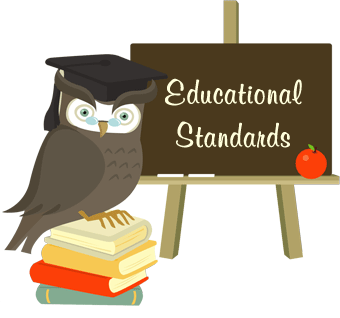Well this has been a crazy summer for me. This is my first summer where I have taken classes, and that alone made me a busy, busy student. Then we welcomed a new baby into our family about half way through summer courses. Talk about a challenge. Not only have I been a busy, busy student, I have also been a busy, busy mother. For a while I was not sure if I was going to be able to keep up. The only math I could think about was based around diapers and bottles. However, I am very happy to say as we near end, I have made it. It was not always pretty, but I have made it.
I am leaving these classes with a variety of different skills that I would have never thought I would get from these classes. Not only have I sharpened up my math skills, I have also learned how to use three new technology resources through this class. I have learned how to create and manage a blog, create a mind map, and even create cartoons for classroom use. Not to mention, all of the great readings we had in class and the information and wonderful resources I came across when researching for all of the different projects and classroom discussions.
All of this has been a wonderful experience for me. I will take so much great information with me from completing these courses and, I am very excited to use all of the information and resources I have gained in the future, in a class of my own!














